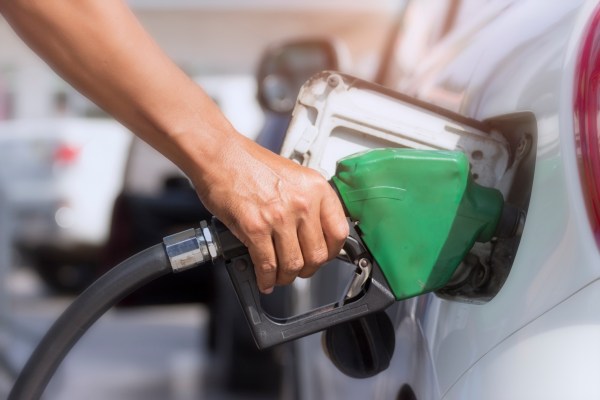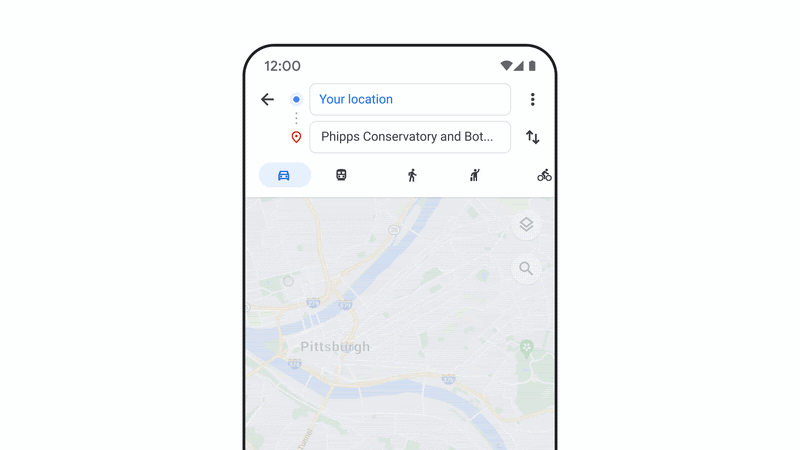Google today announced that eco-friendly routes, a feature it first talked about earlier this year, is now live for iOS and Android users in the U.S., with support in Europe launching in 2022. And while this new routing option, which gives drivers the choice between the fastest and most fuel-efficient route, is clearly the highlight of today’s release, Maps is also getting two other new features: a new “lite navigation” mode for cyclists who may want routing but don’t want turn-by-turn directions (launching in the coming months) and expanded bike and scooter share information for when you just want to jump on that Donkey Republic bike for your sojourns through Berlin.
“With the eco-friendly routing feature, will always show you the fastest route — and now also the one that’s most fuel-efficient, if it doesn’t happen to also be the fastest,” Russell Dicker, the senior director of Transportation at Google Maps, told me. “So with just a few taps, you can see the relative fuel savings between the different options, the ETA difference if there is one and choose the one that works best for you.” For those users who always want to see the fastest route, no matter what, Google Maps will have a setting that will also allow them to only see that.
Google believes that this new routing option “has the potential” to allow Maps users to avoid over 1 million tons of carbon emissions per year — the same as removing 200,000 cars from the road. I tend to be a bit skeptical about numbers like that — at least until the feature has been in use for a while and we get some real-world data. I do believe, however, that a lot of users will opt for the slightly longer but more fuel-efficient route, not in the least because in Google Maps itself, the focus is on fuel efficiency, which saves users money, after all, and not carbon emissions, which still remain a bit of a nebulous concept to many.
By default, routing is a difficult problem, even without taking fuel efficiency into account. “You can either do things quickly, or you can do things accurately but very, very slowly,” Dicker noted. “What we’ve managed to do is build a number of techniques that allow us to get a lot of good options really, really quickly and at scale, because, of course, everything at Google is about scale.”
Dicker noted that the core variables that go into choosing a more fuel-efficient route are things like distance, time, elevation, speed and being able to stay at a consistent speed.
Lite navigation, as Google calls it, was born out of the rise in demand for biking directions in Google Maps over the past year, Dicker said. But many cyclists don’t have their phone in front of them while they ride and they don’t necessarily want turn-by-turn directions either. So the focus of the lite navigation mode is on providing information about your ETA and upcoming elevation changes, as well as seeing where you are on the map, of course.
As for bike and scooter sharing, Google Maps now shows where you can find sharing stations in 300 cities around the world on Android and iOS, thanks to partnerships with Donkey Republic, Tier and Voi base in Europe, as well as Bird and Spin in the U.S.

